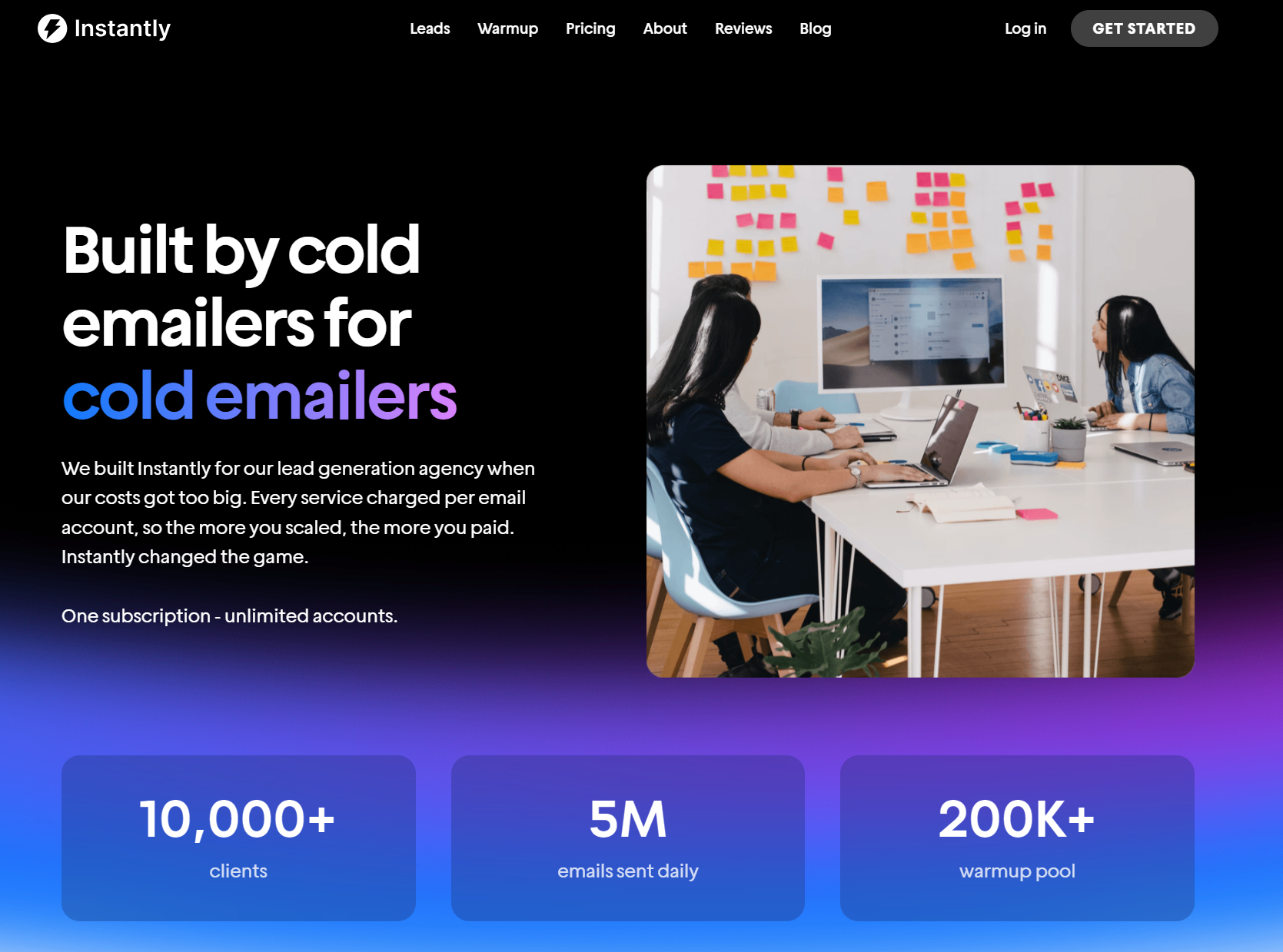Digital communication has evolved, and that evolution is especially noticeable in sales. We’re surrounded by sales pitches that come in all shapes and forms, including videos, images, and audio, but for email, the written word still prevails. That’s why sales email copywriting remains an essential skill.
Sales email copywriting requires a deft touch. It’s a subtle combination of persuasion, information, entertainment, and guidance, all with the aim of capturing attention and driving action toward conversion.
In this article, we’ll explore:
- Writing the perfect subject line
- Establishing credibility and authority
- Understanding your audience and their needs
The Nuances of Sales Email Copywriting
It’s important to note that we are explicitly addressing sales email copywriting. Not standard emails. The two are very different beasts. Standard emails have simple aims, such as delivering information or updates. Sales emails aim to persuade and influence decisions. The goal is to prompt action, whatever that might be.
The simple way to look at it is to remember that sales emails want to do one thing. Drive conversions. That doesn’t necessarily mean you’re trying to sell your product and services through direct promotion. It’s the art of understanding your recipient’s challenges and pain points. Your role is to offer them solutions in an empathetic way by showcasing the benefits of your products. This means you can tell a story rather than list features.
Almost every sales email has similar elements to it. These include:
- An attention-grabbing subject line
- A value-driven, clear, concise message
- Personalization elements
- A call to action
Each of these needs to be carefully written to resonate with the recipient. Great copywriters achieve this by understanding their audience. When you know who you’re writing for, you can address the audience's needs and empathize with their challenges.
Writing in this style influences the email's content and tone. Consider writing for an audience of retirees versus Gen Z. The language and tone that you use need to be very different if you’re to appear relevant to the group in question.
The Importance of the Subject Line
The subject line is the gateway to your email and a major determining factor in whether it is opened or ignored. Use it to stand apart from the crowd and push past the dozens of competitors clogging your recipient’s inbox.
Creativity matters, but not at the expense of clarity and brevity. Within just a few words, you need to be able to explain the contents of the email and what value you’re offering.
Effective Subject Line Examples
- Read this if you want more {{xyz}} in 2024 👇
- 👋 Don't forget to book {{xyz}}
- Don't Miss Out On 20% Off!
- Open to unlock last chance offers 🔒
- Here's a timesaving tip to help your business
Each example offers various approaches. It showcases value, builds a sense of urgency, leverages personalization, and uses emotive language.
Crafting the Email Body
Your subject line has hooked them, and now your email body can take the stage. This is where you can deliver your pitch.
The opening of your email should include some form of personalized greeting. It helps to establish a connection.
That should be followed by a concise introduction that outlines the purpose of the email in a tailor-made fashion. If you’re stuck, we’ve crafted several email introduction examples.
The main body is where you can deliver value. Focus on the benefits that you can deliver and the challenges you can help them overcome.
To close, include an easy-to-complete call to action and a catchy email sign-off.
Throughout the email, ensure that the language you use is simple to understand. Avoid any complex industry terms or jargon. This naturally helps you to maintain a friendly but professional tone.
Simple personalization is useful, but you’ll have more success if you can go deeper than surface-level options. Include relatable anecdotes and stories, or refer back to events that they would know of or attended. These are great tools for when you need to illustrate a point.
Formatting matters too. Keep your paragraphs short for readability, and avoid long sentences. People don’t want to work to enjoy your content. Long-winded walls of text will cause readers to lose attention.
You should also consider using bullet points. They help to:
- Illustrate your points
- List key benefits
- Improve readability
Many sales emails will also include some form of visual. That’s especially true for those with subject lines similar to those mentioned above. Images aren’t a necessity but are often useful when used to demonstrate a product or service’s value. They shouldn’t be used as decoration.
Call to Action (CTA) Strategies
The call to action is the final part of your sales email. The language you use here needs to direct the recipient toward completing an action. It needs to be clear and compelling. Using action-oriented language works wonders, as does including a sense of urgency.
You could create a CTA in the form of a sentence with a link attached. However, short ones that are styled as buttons tend to yield better results.
- Register Now
- Save 50%
- Reserve Your Spot
- Accept Invitation
- Submit Application
Key Takeaways
Mastering sales email copywriting will have a profound impact on your conversion rate. They say becoming a master at something takes 10,000 hours. We’re not suggesting you put in 10,000 hours. However, considering your words and language will have a recognizable impact on your campaigns.
- Include a personal touch whenever you can.
- Always keep your messages concise.
- Finish with an actionable CTA that guides toward conversion.

Instantly has banks of sales email templates that you can use to gain inspiration. Then, when you’re ready to launch the campaign, Instantly can handle that too. Start today by signing up for a free trial.




